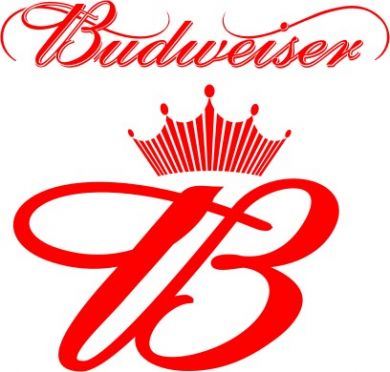 February 7th, 2009
Anheuser Bush . Born on dating . Budweiser
February 7th, 2009
Anheuser Bush . Born on dating . Budweiser
Born on date to be removed from smaller beer brands
Well, some beers can just sit on the shelf — Others can’t. Which beers will last longer than 4-5 months? Which beers can I store in my cellar for a rainy day? This is a discussion that we seem to have often with our friends. Typically, anything with a higher alcohol content or beers that are bottle conditioned can last for a longer time. If you don’t know, check out the bottle. What’s the alcohol content (ABV)? Does it list that it was bottle conditioned? What color bottle is it in? Is it a light beer or a dark beer?
The typical ABV for most AB products ranges between 4.5% to 5.5% alcohol (along with most mass produced beer). You may be surprise to know that Guinness is about 4.5% alcohol. Most craft beers range between 5.5% to 14% alcohol. There are always exceptions, like the Dogfish head World Wide Stout which pushes the boundaries – 18%. Session beers typically have an ABV lower than 4.5%. Also, the beer that is legally sold in grocery stores located in Colorado, must be under 3.2%.
OK, so why did I mention the ABV. Typically, the beers with higher alcohol percentages will last longer IF:
* The beer has not been effected by drastic temperature changes.
* The beer hasn’t been in contact with direct sunlight for long periods of time.
* The beer was brewed properly.
Many of the stronger beers will improve/change with age. There are also typical styles that last longer and improve with time, like: Imperial Stouts, Barley Wines, Scotch Ales, Double IPA, Belgian Double/Triples.
Have you ever had a Heineken that tasted like skunk? If so, it was because the beer had been in direct sunlight and when “the light interacts with the hops and it creates a chemical that is identical to that in a skunk’s defense system” (correction by Stan at www.appellationbeer.com). The green bottle only increases the likely hood that light will get through the bottle. That’s why many breweries do not distribute in green bottles.
If a beer is stored at extreme temperatures (like leaving it in your car during the hot summer for a couple of days), the taste will be effected. The lighter the beer, the more likely that the flavor will be changed – in a negative way. If the beer ranges from room temperature (65 F) to fridge temperature (42-48), it should still be drinkable. Depending on the age of the beer, it should still taste as expected.
So, if AB is removing the born on date for higher octane beers, then maybe it’s an good decision. I would expect it to be removed from the Winter Bourbon Cask, but I am not sure which others. If you locate a list, please let us know.
Sean
2Beerguys.com
Drink Craft Beer, You’ve Earned It!!

Anheuser-Busch extends shelf life, drops “born on†date for small beer brands
By Jeremiah McWilliams
St. Louis Post-Dispatch
For years, Anheuser-Busch has been unbending when it comes to its beer’s shelf life. If A-B beer went 110 days without selling, A-B crews would sweep into bars and restaurants and hand the retailer a check for the value of the beer. They would grab the beer, break the bottles and pour the liquid out. No exceptions.
Now, the brewer says it has realized that the 110-day limit might not be necessary. Why? The company says it has improved its brewing processes and packaging — using new fillers and bottle crowns, for example — that reduce the amount of oxygen in its beers.
The company is allowing its new and niche beers to stay on the market longer — as long as 180 days in some instances. It is also dropping its “born on†date from the small brands, although the beers will still have a code showing the packaging date.
Big brands such as Budweiser, Bud Light, Bud Select, Busch and Natural Light will keep the traditional “born on†date and the 110-day selling limit.
Anheuser-Busch, now a division of Anheuser-Busch InBev, insists that the changes occurred last summer and fall, before InBev took over the St. Louis brewer.
By letting some small brews stay on the shelves beyond 110 days, Anheuser-Busch is confirming what many craft brewers have thought for some time — A-B was throwing out plenty of good beer that could have stayed on the market for weeks longer. A-B did not say which beers will be allowed to stay on the shelves for 180 days. It’s not clear how much money A-B will save by leaving beer on the market longer.
“In recent years our brewery team has made significant improvements in both the brewing and packaging processes that have resulted in our beers leaving the brewery at the peak of freshness, and then maintaining that freshness much longer than in the past,†Peter Kraemer, vice president of supply at Anheuser-Busch Cos., told Lager Heads in a statement.
“These changes allow us to strictly adhere to our long-held high-quality standards and maintain the superior taste of our beer, which is always our top priority,†he said.